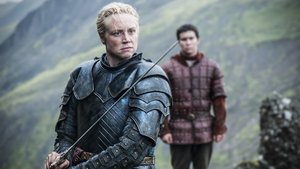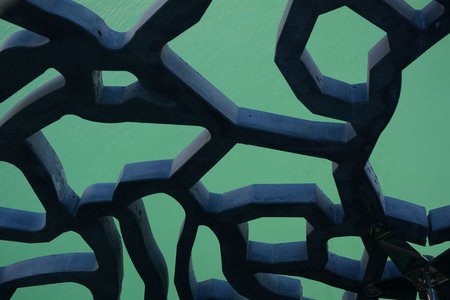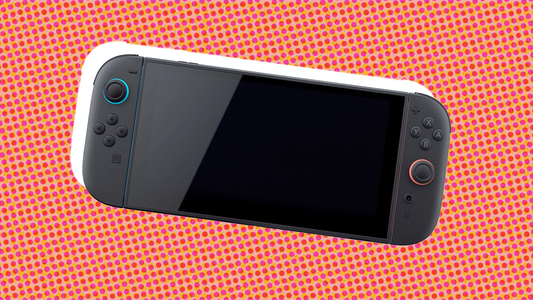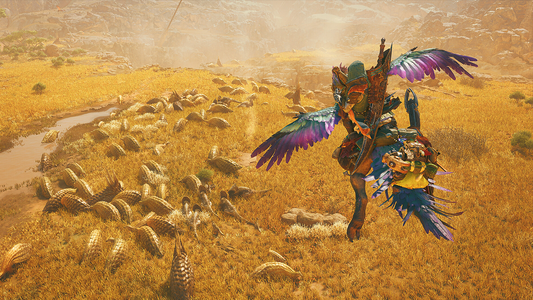In Double Cross, you play as Zahra Sinclair, an agent of RIFT, Regulators of Interdimensional Frontiers and Technology. Throughout the game, you gather clues in different dimensions and show them to non-player characters in RIFT headquarters to solve the mystery behind a masked traitor that threatens the organization.
From very early in the process of writing the story for Double Cross we knew that we wanted an interesting cast of NPCs for players to interact with. A slide in our very first story pitch depicted the casts of RPG masterpiece Final Fantasy VI and popular anime series My Hero Academia as examples of what we were aiming for. Visually appealing characters with complex personalities that make you want to know more about them.
After some research, we decided to base our secondary characters upon stereotypes at a first glance, but with unexpected twists that’d made them stand out and become memorable. We also wanted to make them unique from each other and give them clear roles within the game, to help guide players who were trying to find the right NPC to show a clue to.
Besides their personalities, we really cared about the characters' visual design. We intended to give them a variety of recognizable silhouettes, carefully crafted to match their roles and personalities. We have a very talented Art Team and we knew this could be a strong selling point for Double Cross. Furthermore, we wanted to use the visual design of the characters to showcase more about the game world's multiple dimensions. We knew we were only showing 3 or 4 alternate Earths in the game levels, so the characters were a good chance to show what else was there. Talking dinosaurs, fruit people, Lovecraftian creatures... The weirder, the better
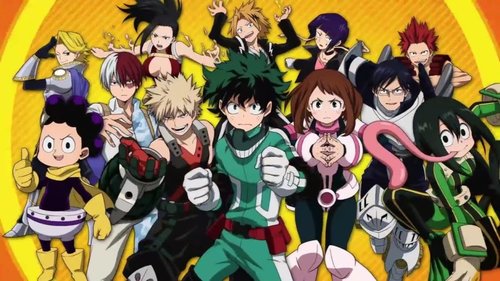
With this in mind, I'll walk you through the process we followed to create four of our NPCs.
Step 1: Character roles
First of all, we had to establish what each character's role was going to be. This way, the entire design process could have a clear focus and everyone involved would know what each character's purpose was. Besides, we didn't want to spend our valuable time making additional characters that wouldn’t add something significant to the game — our resources were already pretty stretched as they were! Much of this initial process was carried out by Alex, Double Cross’s creative director, and myself, the writer.
Each of the 4 characters whose development I’ll explain have three roles, two of which they share with each other. First — They are all fellow RIFT agents, helping Zahra figure out clues she finds. Second — They are suspect of being the traitor you’re trying to unmask. Third — A unique role within RIFT:
Character A guides Zahra through the tutorial mission in RIFT's gym. So their role is the Trainer.
Character B is the brilliant mind behind some of Zahra's tools, such as the grappling hook ('proton slinger') and the technology to travel between different Earths. So their role is the Inventor.
Character C takes care of the prison where Zahra sends the villains she arrests. So their role is the Warden.
Character D didn't have a clear secondary role, it was just a character we needed for a certain part of the investigation (that ended up changing later on). We decided their role could be the Janitor.
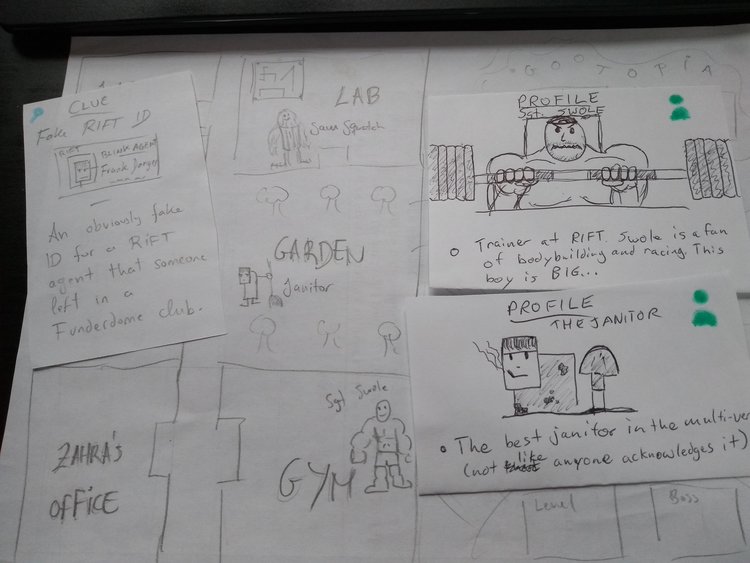
Step 2: Adding details
Once we knew how many characters we wanted and what their roles were, we started to come up with more details, such as what clues each of the characters would solve, some ideas for their names and species, and what their personalities could be.
This process happened during the paper prototyping and playtesting part of designing the investigation system, so a designer and myself worked on it.
The Trainer was quite straightforward. On each NPC’s bio we had a reference section with several characters from different media that showcased what we imagined them like. The Trainer’s reference section was just a large picture of Terry Crews. Quite straightforward, as I said! We started calling the Trainer Sgt. Swole.
The Inventor quickly became Dr. Sam Squatch, a sasquatch. Our art director, Takashi, had joked about having a character by that name since pretty much day one. In Sam's Earth everyone is a sasquatch or other cyrptozoology creatures, who sometimes accidentally cross portals to our Earth. We all liked the idea and he fit really well with the Inventor's role. We gave him a personality based on James Bond's Q and X-Men's Beast.
The Warden was soon assigned a clue related to some weapons Zahra was trying to identify. So we came up with a character that fit both as a warden and a weapon enthusiast — Sir Gunsalot, an Arthurian knight who always carries a bunch of weapons with him. We thought this was unique and would help players realize that he was the one to talk to about the weapons. His personality was that of a noble, stereotypical medieval knight.
The Janitor became a comedic relief character in our paper prototype — a grumpy man who complains about Zahra getting the newly cleaned floor dirty. He pretends to be a full RIFT agent on his free time, but RIFT keeps him on cleaning duty because he's actually the Best Janitor in All Dimensions. We also toyed with the idea of having several of him in RIFT headquarters — RIFT hired alternate versions of him at every dimension. He was still “the Janitor”, as we didn’t come up with good names for him yet.
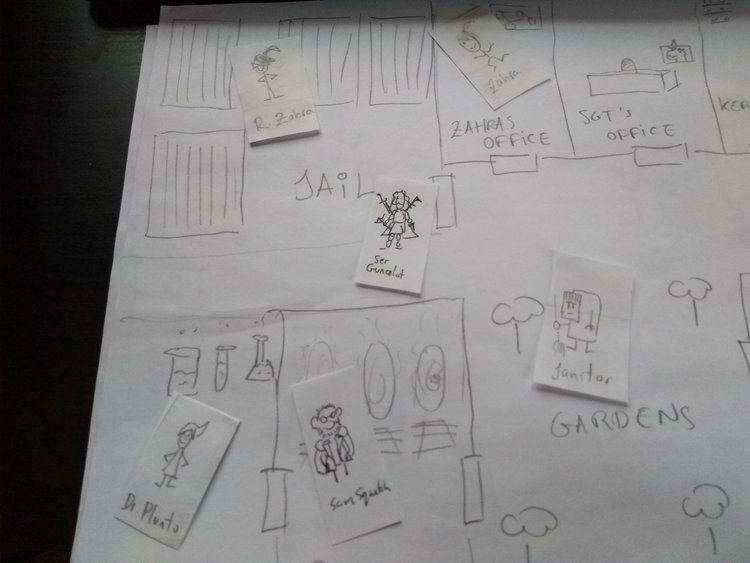
At this point, the characters were developed enough to take the next step forward. We had defined their roles and some basic personality. Now we were ready to leave these doodles and get the Art Team on board!
Step 3: Review and brainstorm
At this point, the creative and art leads, the character artist, and myself met to review the characters and adjust them before their concept art was drawn. The purpose of these meetings was to establish some guidelines for the artists to follow, such as gender, size or world of origin; but it also worked as a review of what we had so far. This was a very important step, as we had to make sure that the characters were unique and coherent with the world we were building.
Sgt. Swole didn't change much. We were fine with any gender or species, but we knew we wanted Swole to be large and muscular. It was suggested that Swole’s species could be something that you wouldn't usually expect to be large and muscular, such as an insect. I believe Buzzwole from Pokémon Sun / Moon was brought up as an example of what we were aiming for. And Terry Crews was still a big reference.
Dr. Sam Squatch was one of the most defined characters we had so far, as we already knew what we wanted his name, species, and gender to be. However, the artists noticed that we were planning several buffed characters with large silhouettes, such as Swole, and explained that they they wanted to make Sam a smaller size.
Sir Gunsalot's main change was the she became Lady Gunsalot. A warrior character similar to Game of Thrones's Brienne of Tarth or Vikings’s Lagertha sounded much more interesting, plus we already had a buff dude in Sgt. Swole. A problem with Gunsalot that the artists had to tackle was that we wanted a character that looked like a stereotypical knight, but we were trying to make characters as different from humans as possible to showcase the world we were building.
The Janitor, we realized, had become an obstacle. Some changes in the game's story required a clue that could be solved by a computers expert (which we didn't have) and no clue required a janitor. So we scrapped the character and came up with a new one — a Hacker who worked for RIFT. Art was given a lot of freedom with the Hacker. Some of the suggested ideas were an arrogant robot, a young girl who loves cats, a guy with a computer as a head (inspired by Saga's Prince Robot IV), a Lovecraftian being from a fully-digital Earth...
